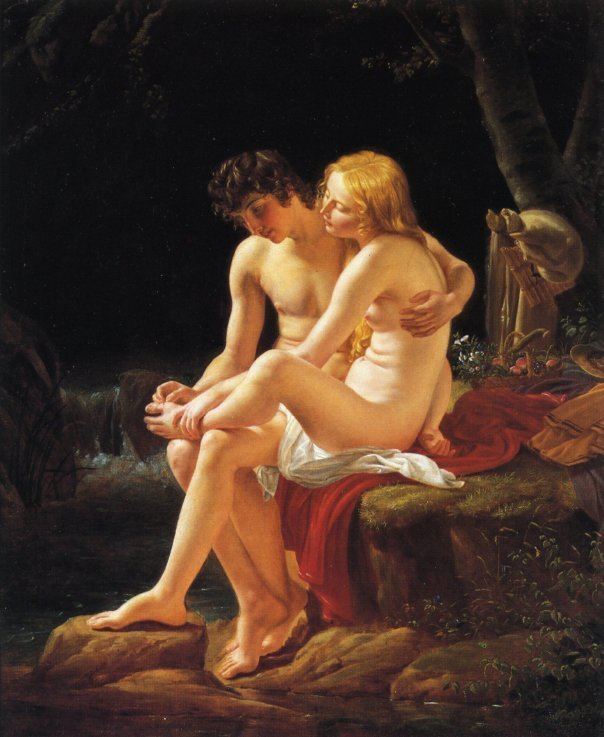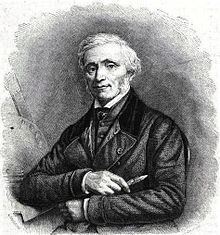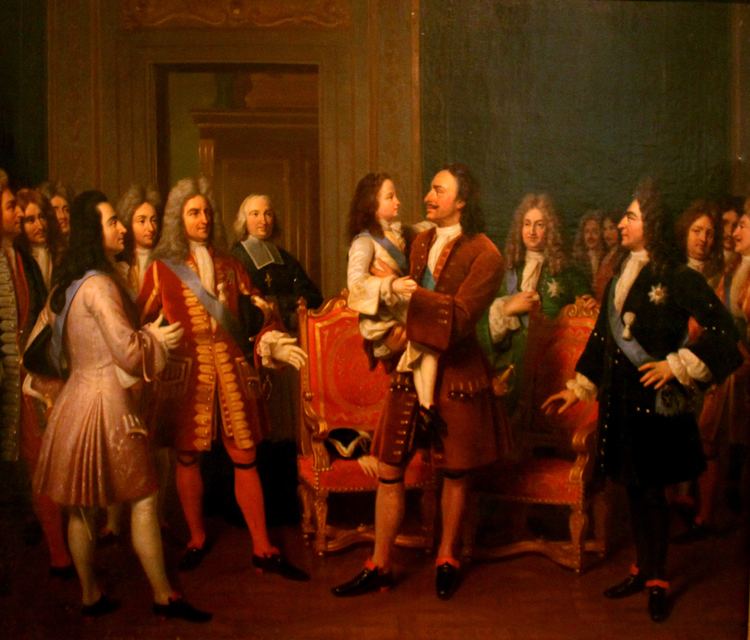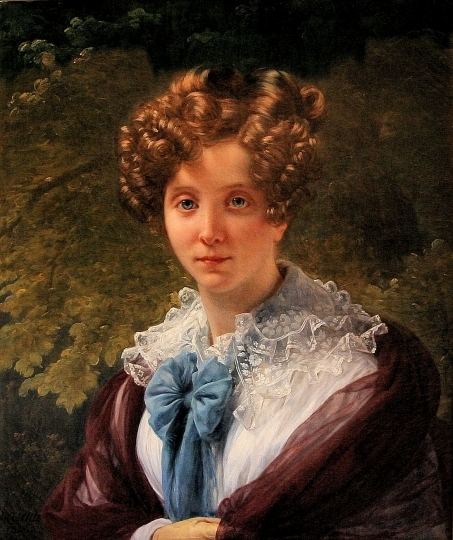Name Louis Hersent | ||
 | ||
Died October 2, 1860, Paris, France | ||
Alexei egorov vanderlyn john pyotr ivanovich sokolov louis hersent alexey venetsianov
Louis Hersent (10 March 1777 – 2 October 1860) was a French painter who was born in Paris.
Contents
- Alexei egorov vanderlyn john pyotr ivanovich sokolov louis hersent alexey venetsianov
- Daniel Franois Esprit Auber Rondo for cello and orchestra
- Life and career
- References

Daniel François Esprit Auber - Rondo for cello and orchestra
Life and career

He became a pupil of David, and obtained the Prix de Rome in 1797. In the Salon of 1802, he showed "Metamorphosis of Narcissus", and he continued to exhibit with rare interruptions up to 1831. He married Louise-Marie-Jeanne Mauduit in 1821.

His pupils were Louis-Eugène Bertier, Auguste Bigand, Hélène Charlotte Juliette Bourge, Augustin Luc Demoussy, Henri Joseph Constant Dutilleux, Hippolyte Dominique Holfeld, Jean-Francois-Hyacinthe-Jules Laure, Eugène Modeste Edmond Lepoittevin, Emile Aubert Lessore, Auguste Dominique Mennessier, François Alexandre Pernot, Julie Philipault, August Thomas Pierre Philippe, Pierre Poterlet, Joachim Sotta, Henry de Triqueti, and Théophile Auguste Vauchelet. His most considerable works under the empire were "Achilles parting from Brisêis", and "Atala dying in the arms of Chactas" (both engraved in Landon's Annales du Musée); an "Incident of the life of Fénelon", painted in 1810, found a place at Malmaison, and "Passage of the Bridge at Landshut", which belongs to the same date, is now at Versailles.

Hersent's typical works, however, belong to the period of the Restoration; "Louis XVI relieving the Afflicted" (Versailles) and "Daphnis and Chloë" (engraved by Laugier and by Gele) were both in the Salon of 1817; at that of 1819 the "Abdication of Gustavus Vasa" brought to Hersent a medal of honour, but the picture, purchased by the Duke of Orléans, was destroyed at the Palais-Royal in 1848, and the engraving by Henriquel-Dupont is now its sole record. "Ruth", produced in 1822, became the property of Louis XVIII, who from the moment that Hersent rallied to the Restoration jealously patronized him, made him officer of the Legion of Honour, and pressed his claims at the Institut de France (Académie des Beaux-Arts), where he replaced van Spaendonck.
He continued in favour under Charles X, for whom was executed "Monks of Mount St Gotthard", exhibited in 1824. In 1831, Hersent made his last appearance at the Salon with portraits of Louis Philippe, Marie Amélie and the duke of Montpensier; that of the king, though good, is not equal to the portrait of Spontini (Berlin), which is probably Hersent's chef-d'œuvre.
After this date, Hersent ceased to exhibit at the yearly salons. Although in 1846 he sent an excellent likeness of Delphine Gay and one or two other works to the rooms of the Société d'Artistes, he could not be tempted from his usual reserve even by the international contest of 1855.
